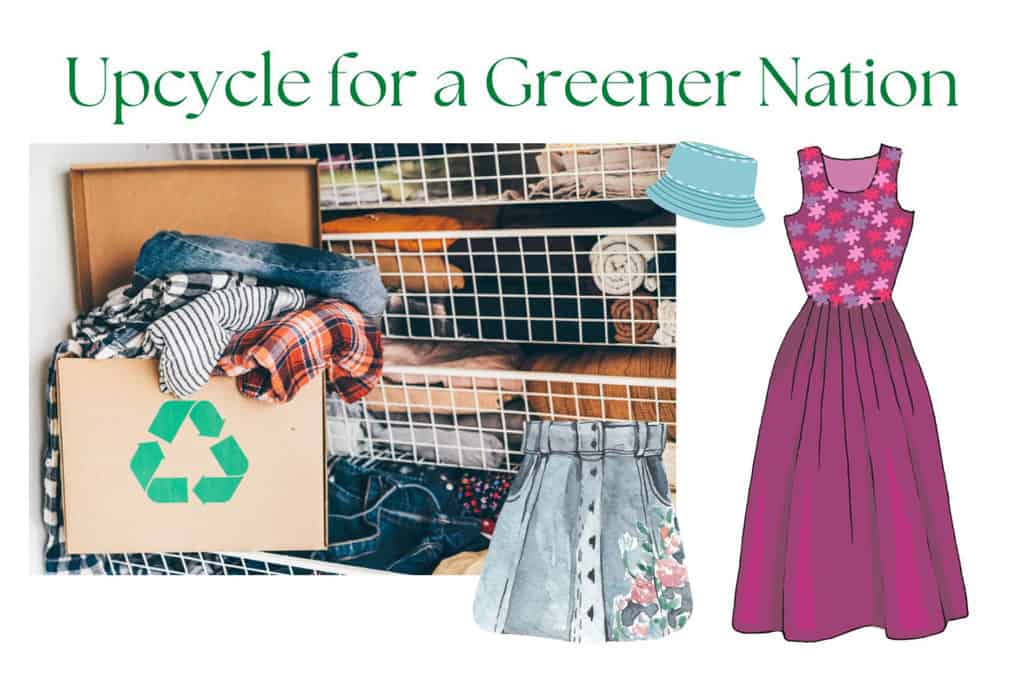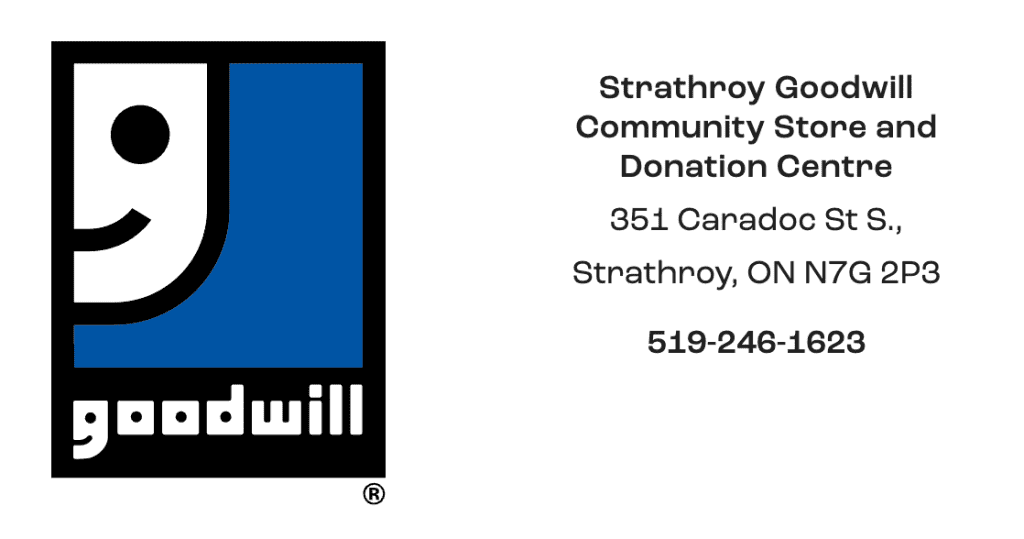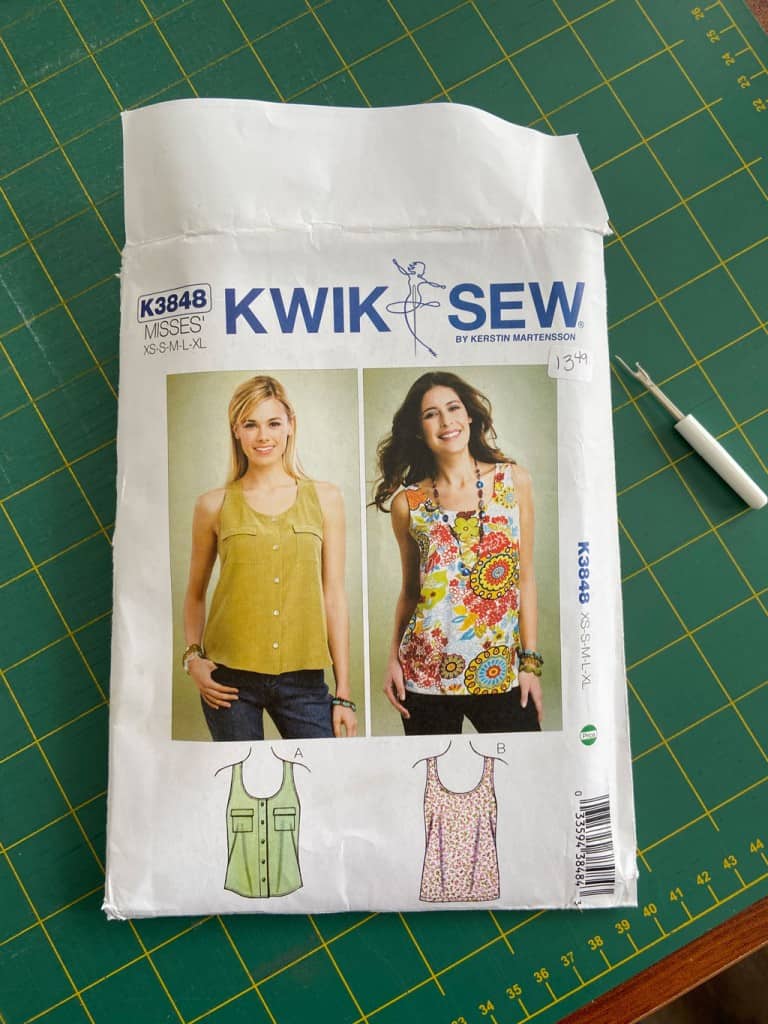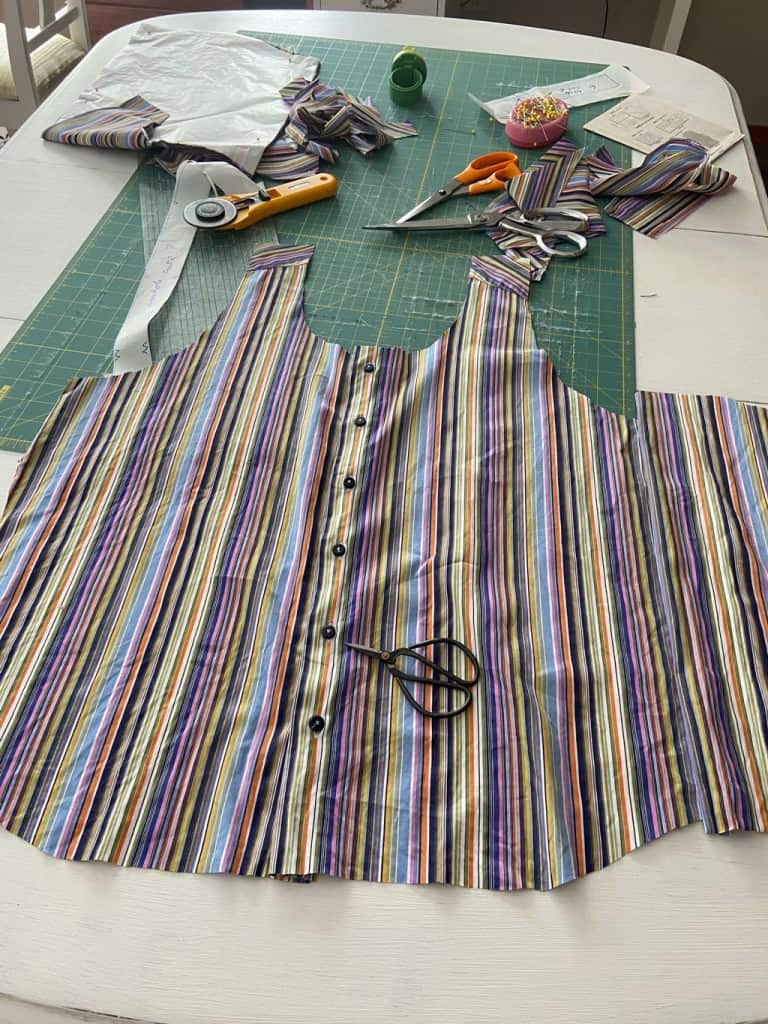Alter clothing or deconstruct and make something new

Inactive clothing in our closets
I tend to clean out my clothes closet after Christmas each year. Over the years I have bought a lot of clothing, and over time have discovered it’s much easier to buy clothing than to part with it. Clothes will get worn for a season or two and then they pass into closet limbo. I hang onto these garments for camping, gardening, or for painting clothes. And the nice outfits? Maybe I’ll fit into that favourite 1990’s era Sears blue leopard print dress again sometime…
But on close inspection of my closet and lifestyle, do I really need to keep 12 dresses that don’t fit, 6 bagged out sleep T-shirts and 3 pairs of painting pants? And we have’t gone camping for about 6 years now.
Then there are the clothes I thought I’d like, but for some reason they were a disappointment. They don’t get worn except to try them on and they are quickly vetoed for some other more acceptable garment. About 12% of our closets have what’s called ‘inactive’ clothing. That’s according to a study by sociologist Sophie Woodward at the University of Manchester.
Used clothing sent to landfills or donated
There are literally tons of garments and other textiles being sent to landfill each year, about 37 kg (81lbs) on average per person. Sadly, I have to agree with these statistics, having lugged bags of clothes to the used shop on a yearly basis.
There are things in my closet I have not worn in decades, and in my once-a-year purge, I do my best to cull ‘the collection’. Donation trips to the used clothing shops have me very familiar with the Goodwill, Salvation Army and St. Vincent de Paul stores in my area. There are always lots of shoppers in these stores which proves that there is demand.

Upcycle clothing and repurpose into new clothes and accessories
Lately, I’ve been creating my own thoughtful wardrobe – by sewing it. Sometimes I start with new fabrics and a pattern from what we offer for sale at the ABQ Sewing Studio. We carry both ABQ patterns for bags, quilts, and home décor and patterns from other designers, including clothing.
But there’s another way to improve your wardrobe and your sewing skills, and that’s to buy used clothing or repurpose what you already have in your closet. Lately, I’ve been visiting to search the racks for items that I might turn into new-looking modern wear and accessories. I like to sew and experiment while sewing, and buying used allows me to exercise my sewing brain in an inexpensive and more responsible way.
Clothing repurposing is a great way to stretch your creativity
When I want to get really creative I repurpose clothes and make whatever comes to mind. It’s amazing how much you learn deconstructing apparel and reconstructing into something that looks brand new and fashion forward. My goal is to impress myself, not look like I just mended Gramma’s old housecoat and am wearing it for outerwear now!
We offer a class called Upcycling Green Style that shows you how to upcycle clothing
Over at the ABQ Sewing Studio we teach others to sew clothing, bags, and home decor, in addition to quilts. That’s why we are offering a class called Upcycling Green Style. We take a quick trip on the day of the class to pick up a few items from the local Goodwill shop and then create some new wear with them back at the studio. Both Irene Mischkinis and I (Brenda Miller) are there to help you find used clothing suitable for upcycling to create your own fashionable wear. Check our classes schedule to find the next class.
Examples of upcycled clothing
Men’s jacket transformed into a bag
I thought this men’s large-sized jacket would make a nice button-front skirt but it was too short for the pattern pieces – so I made a bag.


Men’s shirt becomes a women’s tank top
I had a box of men’s shirts donated at the Studio and found this beauty inside. This Kwik Sew pattern for a racer-back tank top is what I used to cut with.



There was some piecing necessary to get the width right, but with the stripe pattern it’s invisible so no one will be the wiser. I used the button front and hemline of the shirt, added pockets and the racer back and voila!

There was very little left over in the way of scrap fabric at the end of these two projects. Bobo approves!

Shopping tips
Here are some tips I’d like to share that will help when you do your green shopping:
- If you have a project in mind it’s good to have a few sewing patterns to refer to, such as a skirt, t-shirt , or shirt pattern.
- If you are new to sewing you should start by finding a garment that is a reasonable fit. Using that garment change things up with a different hemline, a change to the sleeves or collar, different buttons or by adding pockets or a frill. Embellish your new look any way you like
- Other items to consider if you have a bit more sewing experience are bags, hats and other accessories for the home or yourself.
- It’s better to use clothing made with natural fabrics. You’ll have to check the labels for this.
- Naturally you would not pick anything that is too worn to be useful.
- Find things in the colours you prefer.
- Buy oversized clothing. It’s easier to cut the right sized pieces to make your new garment if you work with a pattern to remodel. Smaller garments will work for accessories and kids clothes in most cases.
- Don’t go shopping with a preconceived idea of what you want to make. What you find will determine what you make.
- Use the existing elements that have already been sewn into the used garment in your new garment.
- Try combining garments to make your new look. You’ll want to buy fabrics that work together and can be laundered in the same way.
- Pre-wash whenever possible although you can wash later.
- Before buying look through your own closet to see what you can re-purpose. Ditto if you are a quilter. Some of your excess fabric would make a great lining or trim.
- Take as much care sewing your ‘new to you’ garment as you would using new fabric.
- Practice makes perfect. You may want to ‘tweak’ your idea by making it again. Nobody is good at something with just a try or two.
- Enjoy the creativity of the process and learn to go with the flow!
Tools and supplies used to upcycle clothing
When doing any sewing project it’s important to have the right tools to do the work. You won’t use all of these items for each project but this will give you an overview.
Supplies Required:
- A sewing machine in working order. It should have some type of edge finishing stitch like zig-zag.
- All the machine’s sewing feet -zipper foot, presser foot, blind hem foot, walking foot etc.
- A serger if you have one
- A supply of threads to match
- Good quality scissors for cutting fabric
- Small sharp scissors for cutting threads
- Rotary cutting mat, rulers and cutting tools
- A fine-tip seam ripper
- A French Curve
- Paper you can use to draft a pattern
- A Sharpie Marker for drafting your pattern
- Iron and ironing board
- Pins and hand sewing needle
- Point turner
- A selection of buttons, snaps, hook and eyes, zippers etc.
I hope you’ve started to think about how you can upcycle clothing instead of always buying new. If you live in the Strathroy area, consider taking a class with us. In addition to our Upcycling Green Style class we also have drop-in days where you can work on anything you’d like. For Winter 2023, that’s Sew Anything Saturdays with Irene but you may view our class schedule to find these sessions and more.
Leave a Reply